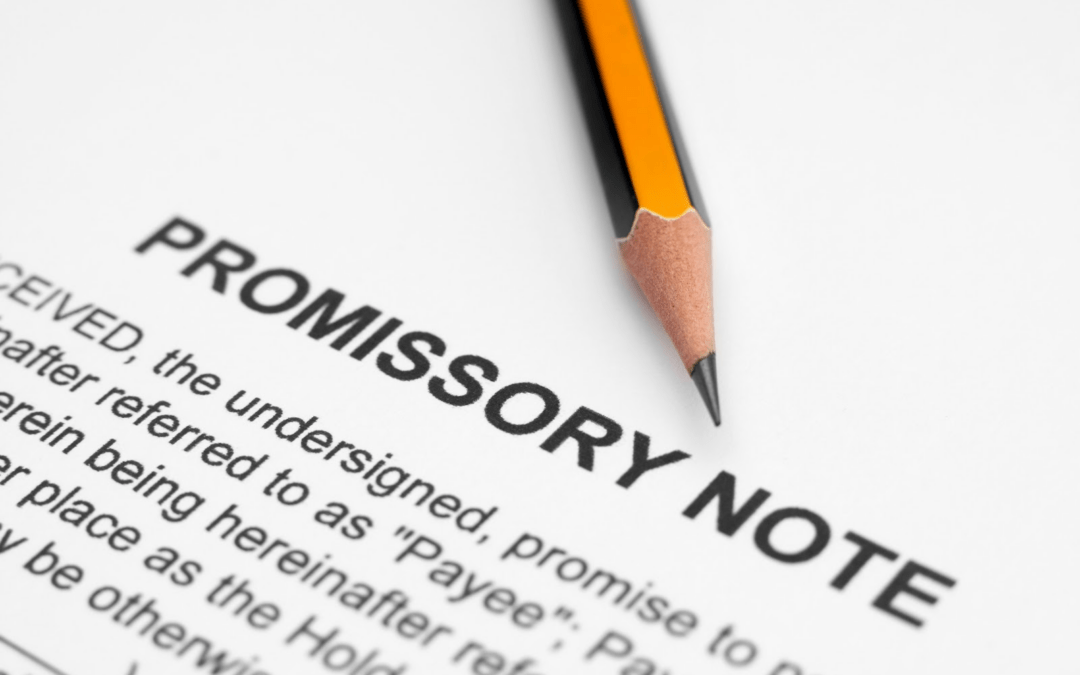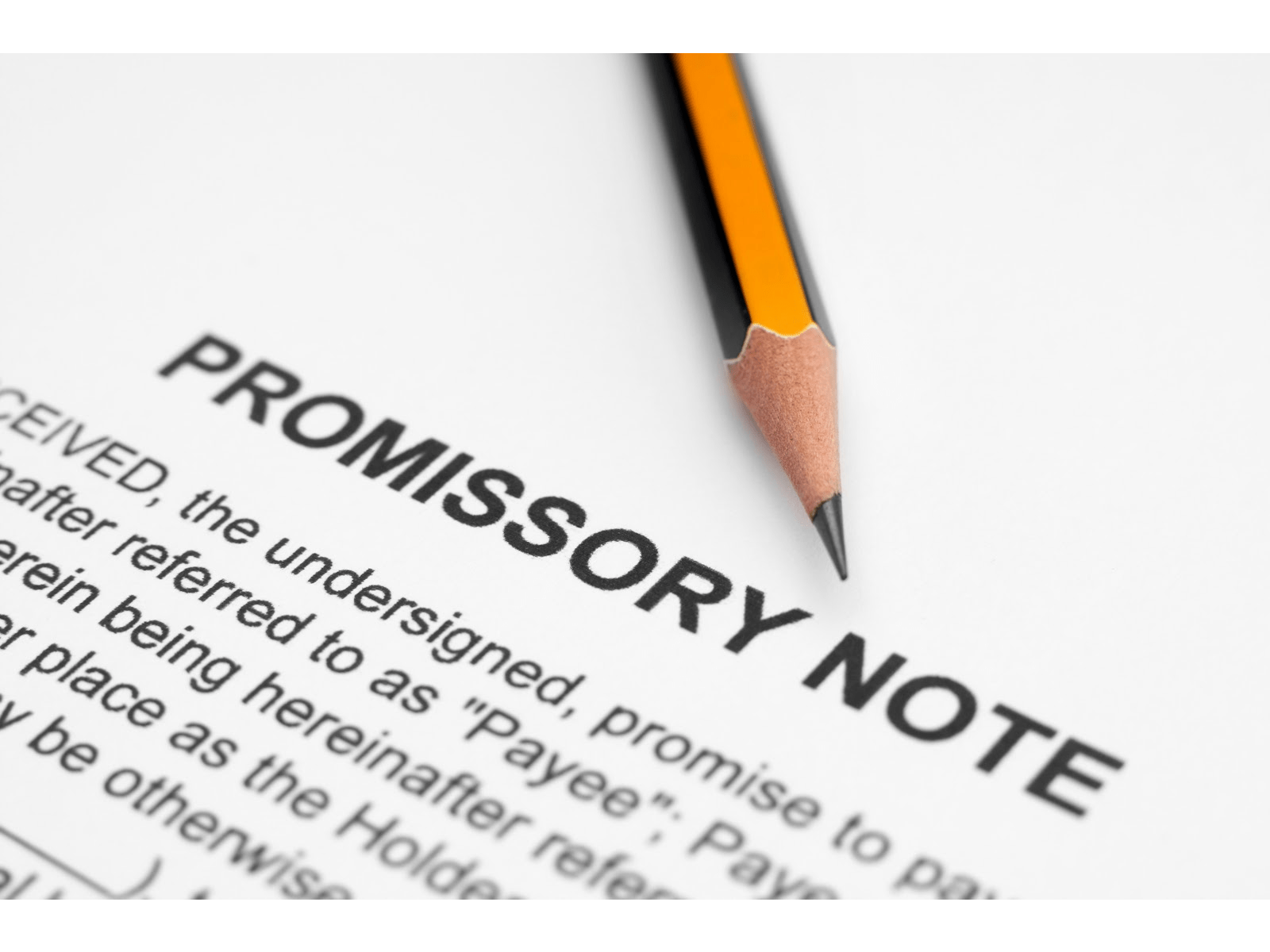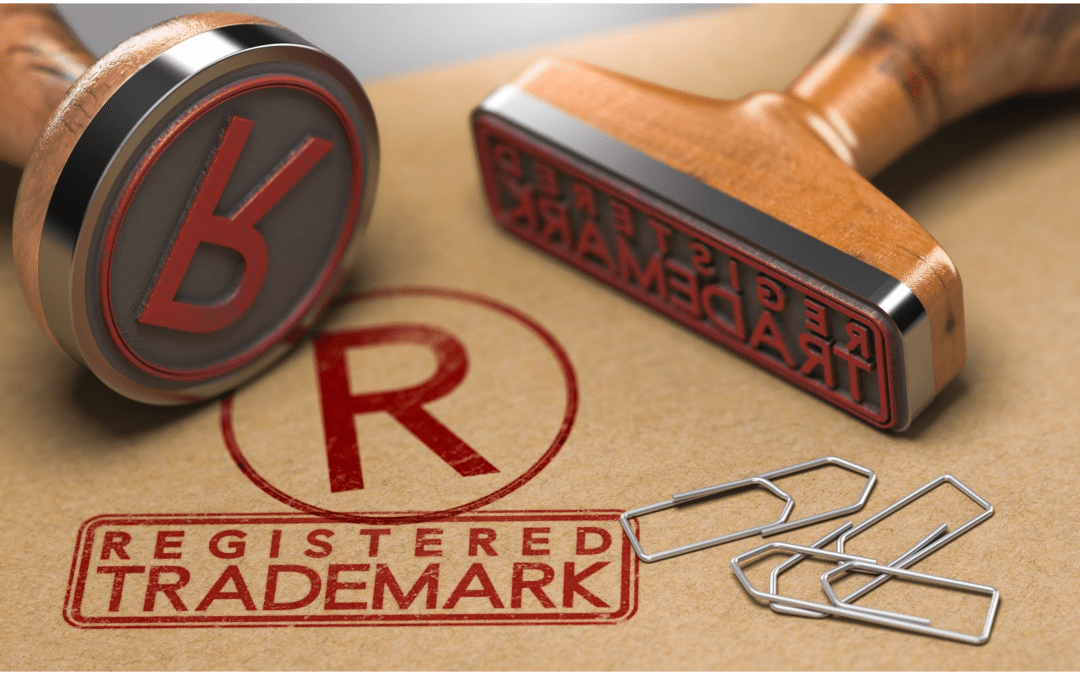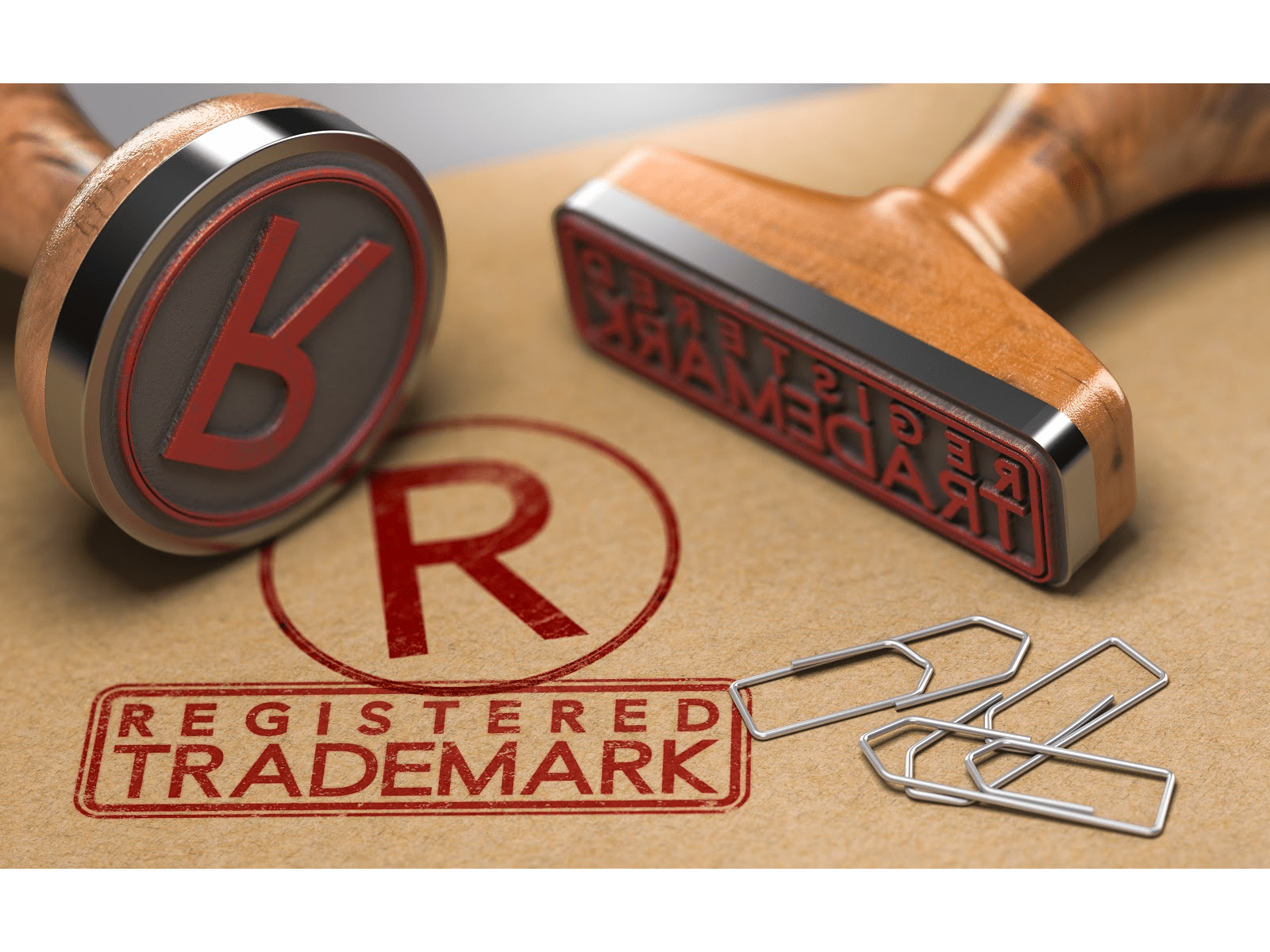How Does LLC Ownership Work?
The limited liability company (LLC) is a popular business structure for new businesses, but what does it really mean to own an LLC? LLCs provide unique opportunities to customize business ownership to fit the particular needs and circumstances of the owners. Here is what you should know about LLC ownership.
The Basics
The owners of LLCs are often called members. If a single person or a single business entity owns an LLC, it is called a single-member LLC. If multiple people or entities own an LLC, it is called a multimember LLC. LLCs can have an unlimited number of members. When ownership is established, the membership interests are usually expressed in one of two ways:
● by membership units similar to corporate shares
● by percentage
The terminology you choose to use for a membership interest should correspond to your vision for the company. For example, if the business is owned primarily by your family, identifying the membership interests by percentages may keep things clear and straightforward. However, if you intend to seek funding from individuals outside of the family, you may find that labeling the ownership interests as membership units facilitates the easy transfer of ownership rights.
Establishing Ownership Rights
To be an LLC member, some form of contribution is required; however, the contribution need not be cash, which is called a capital contribution. LLC members can also contribute property or services. Additionally, unlike contributions to a corporation, when an LLC member makes a capital contribution, the concomitant ownership rights and distributions can be customized. For example, if one member were to contribute 40 percent of the capital in an LLC, that member and the other LLC members may still choose to split profits fifty-fifty.
Generally, LLC members are entitled to share in the company’s profits and losses, vote regarding key LLC matters, inspect and review the books, and enjoy a host of other rights. These rights stem from default state laws; however, they may be customized through contractual agreements. The contractual agreement that typically governs LLC ownership rights is an operating agreement. Operating agreements may include the following common customizations:
● distributing profits and losses in a way that does not match the members’ capital contributions
● creating different classes of ownership to reflect passive investor rights
● mandating member meetings
Transferring Membership Interests
Death, incapacity, and sale are the primary events that trigger transfers of membership units. However, if you intend to transfer membership units to investors, be sure to evaluate whether your interest is a security under the federal securities law. If you offer your interest to less than thirty-five investors, your interest likely qualifies for an exemption that allows you to bypass the federal disclosure requirements and even some state securities law.
Management
LLC members can choose to be managed either by the LLC members (a member-managed LLC), or by nonowners or certain members designated as managers (a manager-managed LLC). When an LLC is managed, it is vital to identify and articulate the decisions for which the members bear responsibility and the decisions the managers must make. If the decision-making authority is not clear, the resulting uncertainty can hinder effective management of the LLC.
Payment
LLC members can pay themselves in several ways, such as
● receiving income in the form of distributions of profits at the end of the year,
● receiving draws, which are periodic payments based on the estimated profits for the year, or
● receiving periodic payments as employees of the business.
These three methods are not mutually exclusive—a member can take advantage of more than one option. However, members must remember that each option has unique tax consequences. LLC members should account for Social Security and Medicare taxes. When LLC members pay themselves as employees, the LLC is expected to withhold taxes as it would for any other employee. Conversely, when members pay themselves based on their profits, they must pay self-employment taxes. Either way, LLC members must be mindful of the tax consequences of the payment methods they choose.
Next Steps
If you are considering creating an LLC, our team of experienced attorneys can help you develop the right ownership structure for your business. Call our office to schedule a meeting soon.











